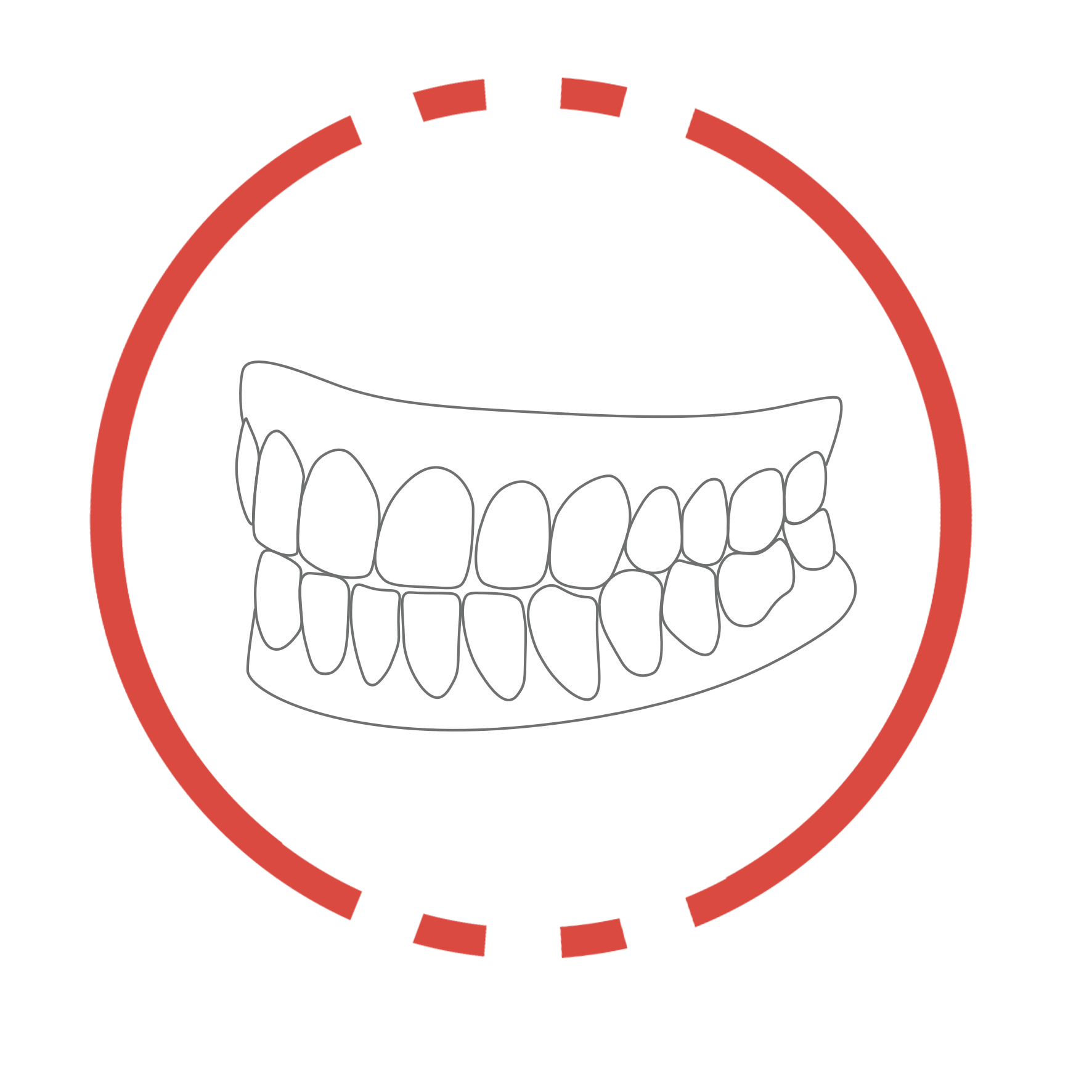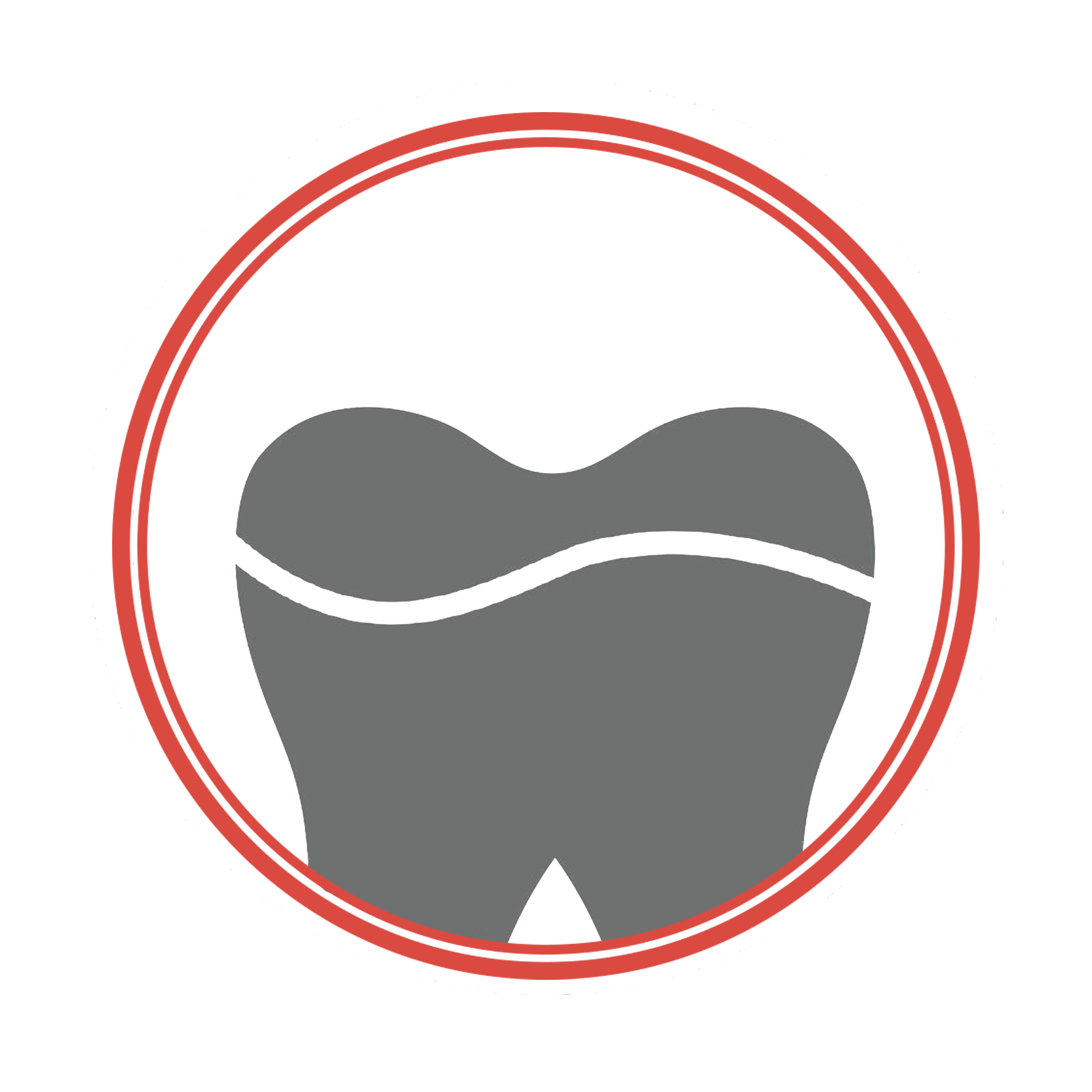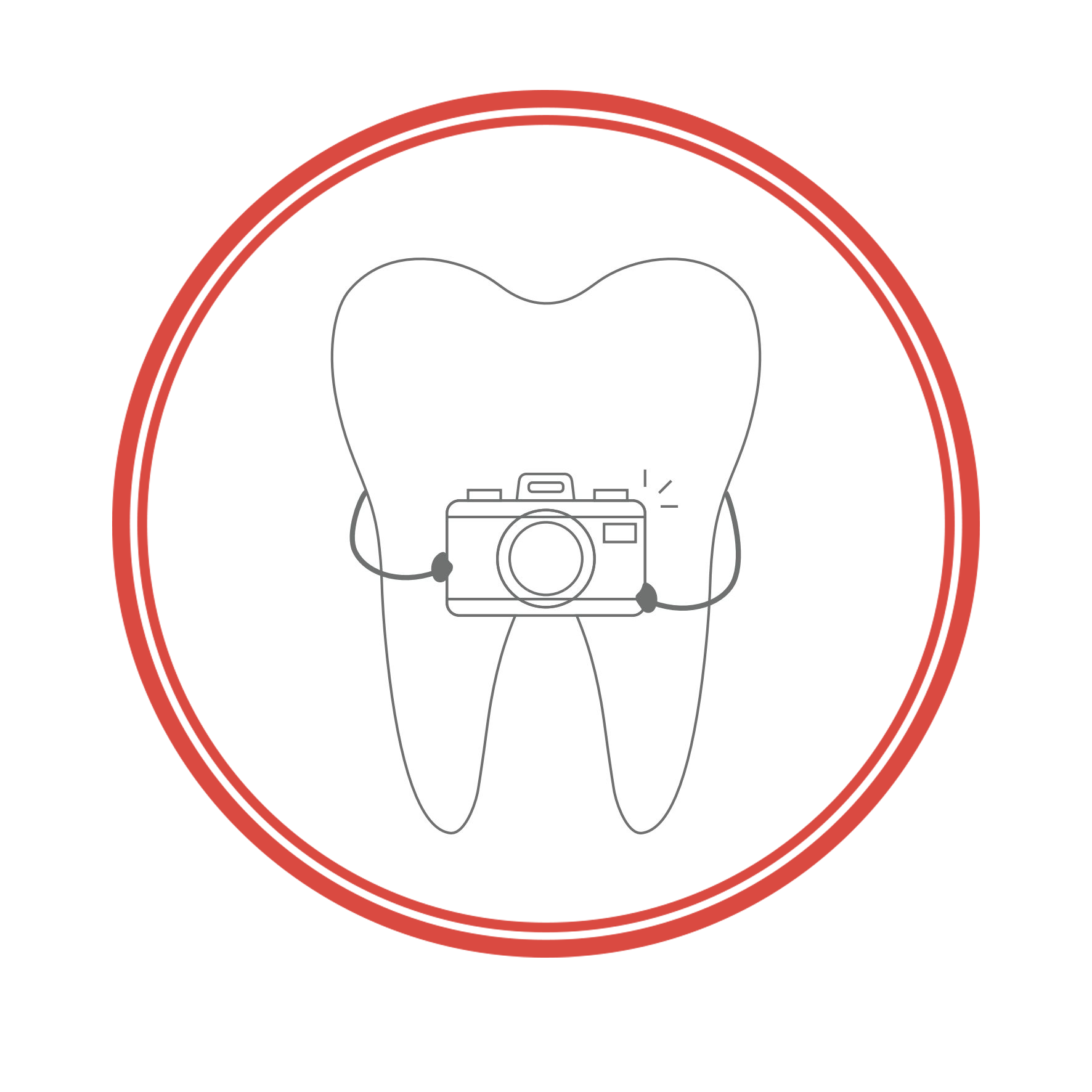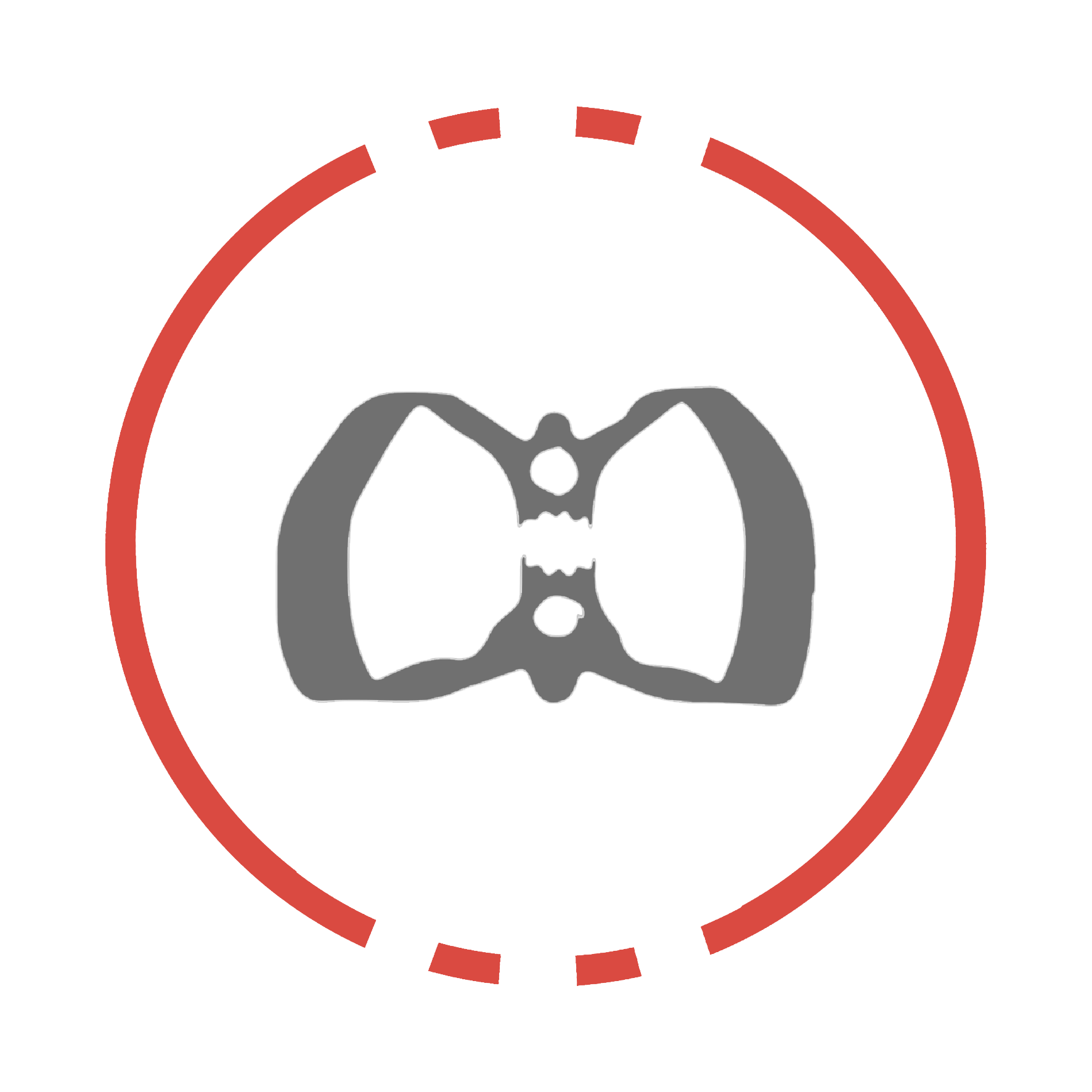
Endodontic Treatment
Course director: Prof Roger Rebeiz
Lecturers: Dr Edward Rizk, Dr Ibrahim Naseh, Dr Jad Rebeiz
This program includes two modules of lessons and hands-on which covers all the clinical topics of endodontics and takes the dentist from the basic to the advanced endodontic degree, to improve and perform its practice in endodontics.
The course is divided in two modules which could be taken as one full course or separately depending on the needs of the dentist.
Duration: 28 hours
Timing: 4 hours per week
At the end of the lessons, the participants will acquire the know-how to prepare an access cavity, to detect root canal orifices in calcified pulp chambers, to shape, clean and fill the root canals.
In the hands-on workshops, each candidate will observe and operate on extracted teeth the preparations of access cavities, the use of ultrasonic tips to detect calcified root canal orifices, the cleaning and the shaping of root canals with rotary files, and the handling the different materials and techniques of root canal filling.
Program
- Access cavity preparation and detecting root canal orifices in non-calcified and calcified pulp chambers
- Use of ultrasonic tips used to access calcified canals
- Electronic apex locators and working length determination
- Cleaning and shaping of root canals with rotary files in continuous rotations and reciprocating motions
- Operative procedures of root canal irrigation
- Placement of rubber dam
- Root canal sealers and methods of placement
- Single cone root canal filling technique
- Warm vertical compaction of Gutta-Percha
Tuition: 800 dollars
Duration: 12 hours
Timing: 4 hours per week
At the end of the lessons the participant will know the appropriate clinical approach of the pain on teeth with vital and infected pulp, the treatment of root canals with periapical lesions and should have understood the radiographic interpretation of CBCT, as well as the running of a CBCT software.
Program
- Diagnosis and control of dental pain.
- Endodontic treatment of infected teeth and periapical infections.
- Diagnosis and treatment of combined endodontic-periodontal lesions.
- Diagnosis and treatment of cracked and fractured
- Diagnosis and treatment of root resorptions.
- Management of per operative and postoperative pain
- CBCT imaging and its application in Endodontics
Tuition: 300 dollars
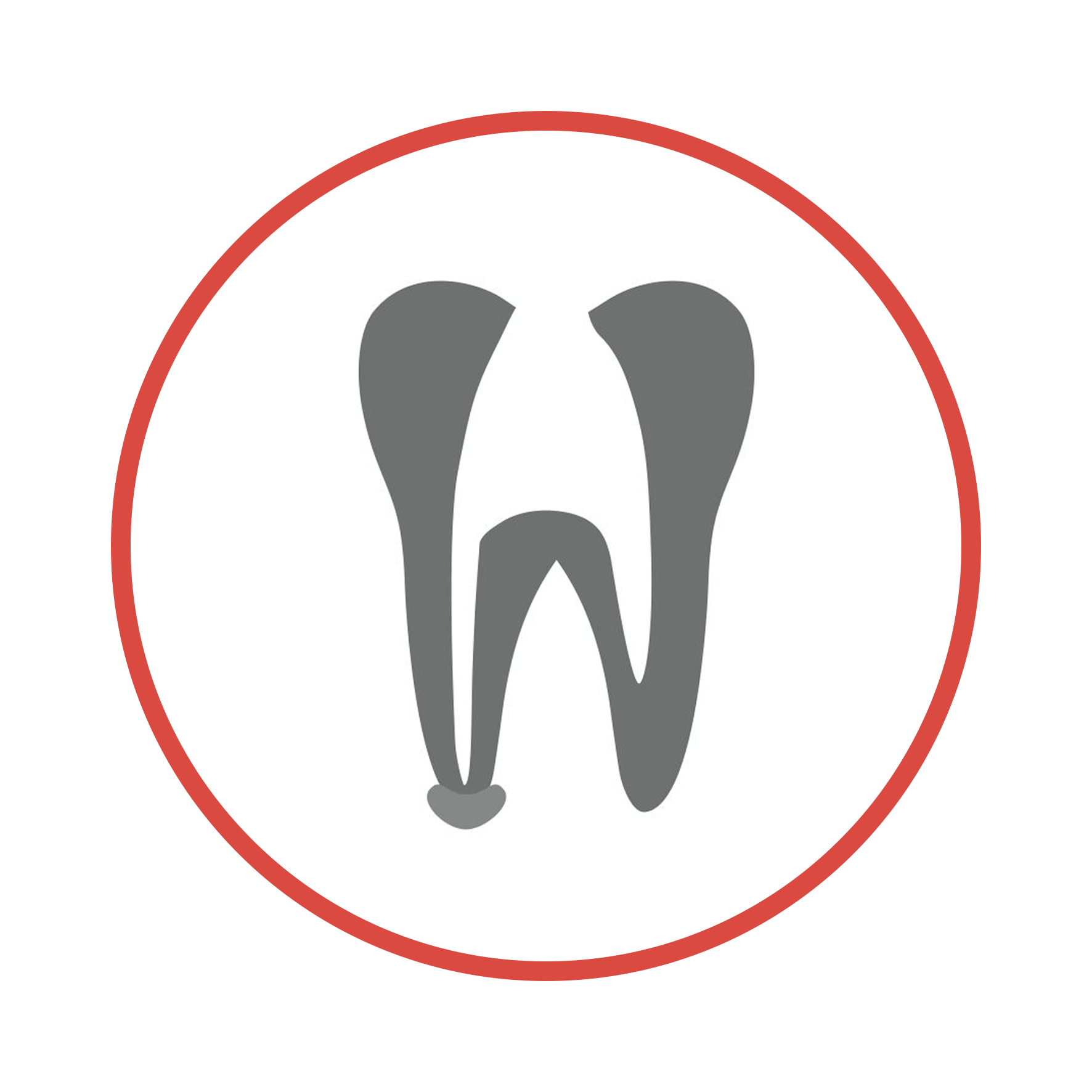
Management Complex Cases in Endodontics and Root Canal Retreatment
Duration: 16 hours
Timing: 4 hours per week
The contents of this course aim to provide the dentists the clinical approach and techniques to manage the complex cases in endodontics and the root canal retreatment.
At the end of the lessons the participants would be able to know the properties and clinical handling of MTA and Bioceramic putty for the repair of root perforations and filling the root canals with open apex and the techniques of root canal retreatment.
In the hands-on workshops each candidate will observe and operate on extracted teeth the handling of MTA and Bioceramic putty for the repair of root perforations and filling techniques of root canals with large open apex, the removal of posts and root canal filling materials, the bypassing of a root canal ledge, and would be able to know the procedures to bypass or to remove broken files.
- MTA hard-set and Bioceramic sealer and putty
- Management of pulp chamber floor perforations and root intra-canal perforations
- Vital pulp therapy : Pulp Capping and Pulpotomy on permanent immature teeth
- Apical barrier filling of root canals with large open apex of permanent immature teeth
- Retreatment decisions making
- Removal of metallic and fiber posts
- Solvents and removal of root canal filling materials
- Managing of root canal ledge and apical dentine plug
- Bypassing and removal of broken Instruments
- Reshaping and cleaning root canals
- Management of per operative and postoperative complications
Tuition : 450 dollars
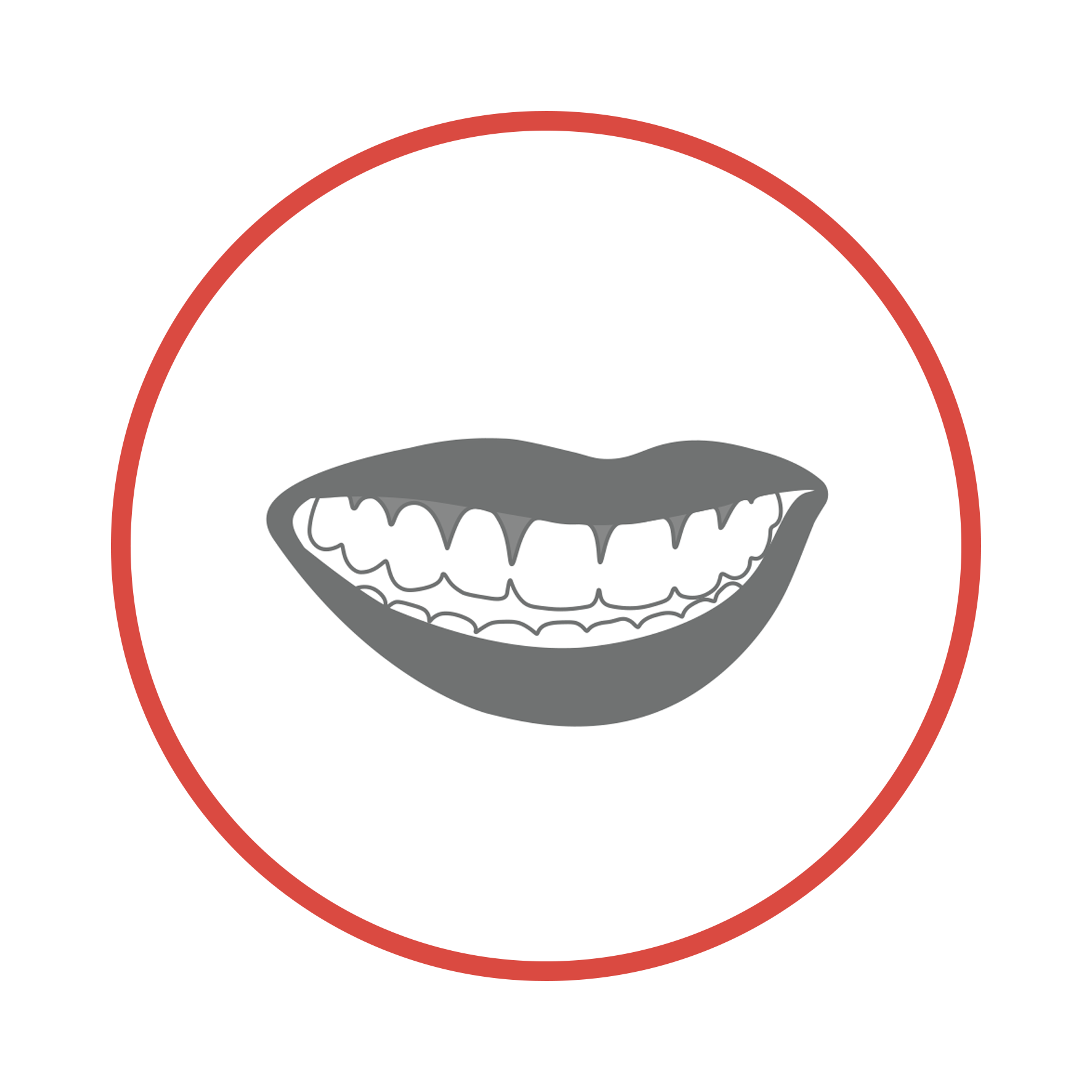
Esthetics in fixed prosthodontics
Course director: Dr Fatima El Baba
Lecturers: Dr Dora Chaaban, Dr Hala Kaddouh, Dr Fatmé Hamasni, Dr Rita Feghaly, Dr Johnny Haddad, Dr Andréa Chemaly
Duration: 40 hours of lessons and workshops
Timing: 4 hours per week
- The smile design
- Artistic and scientific principles: facial and dentolabial analysis, dental composition and gingival architecture
- Perspectives and illusions
- Treatment plan in esthetic dentistry
- Different ceramic procedures
- Properties and characteristics
- Comparison of the aesthetical, biological, and mechanical properties of the different ceramic systems
- Selection criteria
- Pressed and milled ceramics (CAD-CAM)
- Full ceramic restorations (crowns and bridges)
- Indications, principles, and techniques of preparation
- Post and core reconstruction: casted, milled and fiber-post
- Role of temporaries in the periodontal health
- Partial ceramic restorations (inlays, onlays, veneers)
- Indications, principles, and techniques of preparation
- Provisional restorations and impression
- Communication with the laboratory technician
- Wax-up, mock-up, temporary restorations, impressions, articulator mounting
- Shade selection: translucency, opalescence, surface texture
- Clinical trial: function, esthetic, morphology, and color
- Bonding and luting
- Different types of cements and different techniques
- Selection criteria
- Digital photography
- Laser in esthetic dentistry
- Periodontal treatment in esthetic dentistry
- Periodontal health maintenance
- Management of the healthy periodontium after surgery
- Implant choice in the upper front ridges
- Hands-on
- Observation and application of all the steps required for the fabrication of full and partial ceramic restorations (preparation, temporaries, bonding)
- Live transmission on an anterior case (preparation, temporaries, bonding)
- Live demonstration at the lab (pressing and CAD-CAM techniques)
Tuition: 1450 dollars

Mastering direct composite veneers
Course director: Prof. Joseph Sabbagh
Duration: 7 hours of lessons and hands-on
This one-day intensive course is designed for dentists who wish to enhance their anterior restorative skills using both the layering technique and the injection moulding technique for direct composite veneers. It offers a comprehensive blend of theory and hands-on training, focusing on modern techniques that ensure esthetic and long-lasting results.
From mastering shade selection and tooth morphology to working with innovative techniques and cutting-edge materials, this course equips participants with practical protocols that can be applied immediately in everyday practice.
Tuition: 300 dollars
Achieving a successful composite restoration relies on three essential pillars: selecting the appropriate material, applying a precise bonding protocol, and ensuring optimal polymerization with a powerful light-curing device.
Every direct composite restoration begins with accurate shade selection and proper cavity preparation. A deep understanding of tooth morphology and color characteristics is key to delivering highly esthetic and long-lasting results.
In the theoretical sessions, participants will also benefit from an updated overview of the latest advancements in adhesive systems and learn how to choose the most suitable composite materials based on clinical needs and esthetic goals.
In the hands-on session participants will gain practical experience in both major techniques used in anterior restorations:
Layering Technique
Learn how to combine different opacities of composite resins using appropriate instruments to build natural tooth anatomy and shade transitions using anatomical layering.
Injection Moulding Technique
Step-by-step training on how to use transparent silicone matrices and injectable flowable composites to replicate natural forms.
Finishing and Polishing
Master the final contouring and polishing protocols to enhance surface texture and overall esthetic integration.
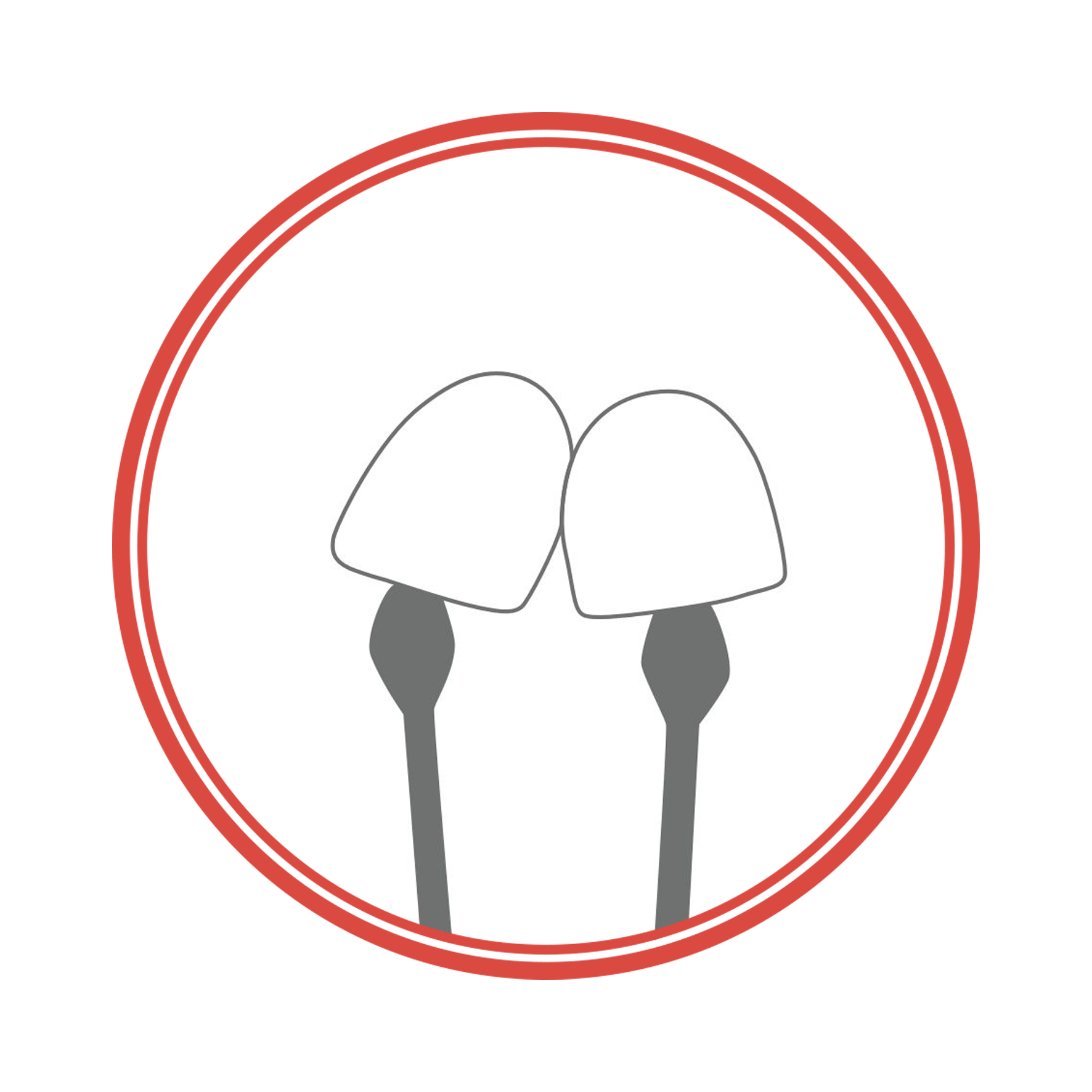
Bonded porcelain veneers
Course director: Dr Fatima El Baba
Lecturers: Dr Hala Kaddouh, Dr Dora Chaaban, Dr Andrea Chemaly
Duration: 14 hours
Timing: 2 consecutive days
The course offers a theoretical and practical approach in achieving indirect ceramic veneers using new techniques and materials.
- Smile design
- Artistic and scientific principles: facial and dentolabial analysis, dental composition and gingival architectureDental aspect of a smile: proportions of the teeth, symmetry, perspective and illusion
- Indirect ceramic veneers
- Indications of bonded porcelain restorations
- Wax-up and mock-up techniques
- Principles, instrumentation, and techniques of preparation
- Clinical trial: functions, esthetics, morphology, and color
- Bonding technique
- Workshop
- Hands-on: preparation, provisional, and bonding
Tuition: 500 dollars

Cosmetic and adhesive dentistry
Course director: Prof. Joseph Sabbagh
Duration: 20 hours
Timing: 3 consecutive days
This program covers all the topics of cosmetic and adhesive dentistry answering all the questions asked by dentists in this field. Every participant will have the opportunity to test and apply the different techniques and systems described.
- Composite selection
- What are the main differences between the categories of resin composites: macrofilled, microfine, hybrid, flowable and nanocomposites?
- Do we need them all in our practice?
- Dentino-enamel adhesive systems
- What are the main differences between the total Etch v/s Self-etch technique?
- What are the main bonding systems available?
- How to achieve a reliable bonding procedure?
- Light curing units and procedures
- The different types of light curing units and techniques used in restorative procedures
- Criteria for selecting a light curing device
- Teeth discolorations and their treatments
- Diagnosis, etiology, and treatment of teeth discolorations
- Products, materials, and techniques used in bleaching
- Non-Vital tooth bleaching
- Vital teeth bleaching: home bleaching vs in-office teeth bleaching
- Rubber dam application and field isolation in esthetic dentistry
- Materials and techniques
- Esthetic anterior restorations: class III, IV and compoveneers
- How to achieve optimal shade selection in cosmetic dentistry?
- Cavity preparation, beveling and caries removal
- Filling according to the layering technique concept
- Etiology of cervical lesions, materials, and techniques for class V restorations
- Finishing and polishing of anterior restorations: instruments and techniques
- Direct posterior restorations
- How to obtain an adequate contact point? The different matrix systems
- Principles of cavity preparations and filling technique of posterior teeth
- Bulk-filling concept in posterior restorations
- Pulp protection: When and how?
- Inlay-onlays and endocrowns: from preparation to cementation
- Indications and contra-indications of inlay-onlays
- Principles, tools, and techniques for inlay-onlays and endocrowns preparations
- Ceramic or composite restorations?
- Hands-on
Tuition : $750
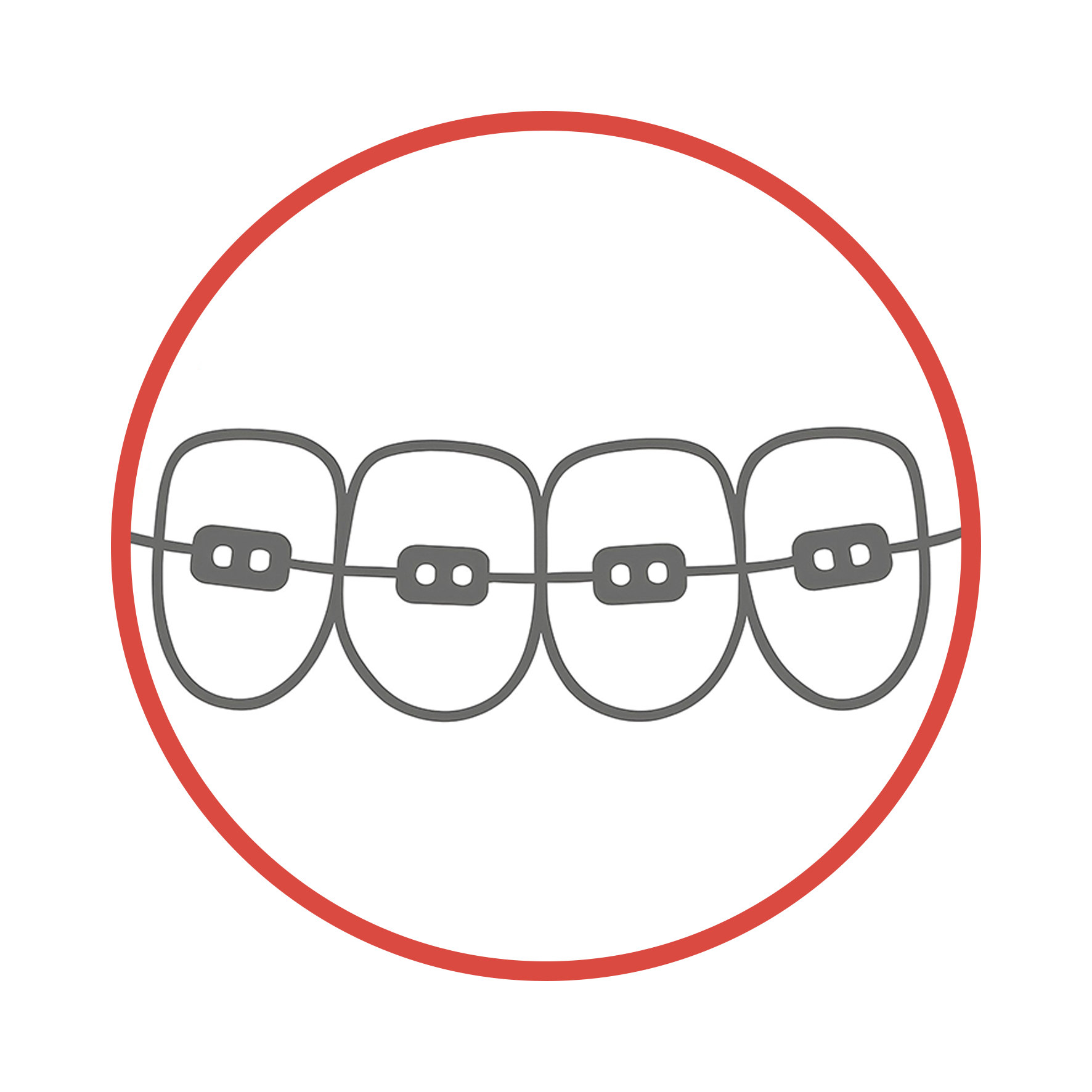
Orthodontic therapy A tri-dimensional approach
A one-year program divided into three modules
The tri-dimensional approach in orthodontics was developed by a group of orthodontists at New York University to simplify the techniques and therapies of this specialty by stimulating dentists to practice orthodontics with efficiency and quality and to incorporate it in their daily practice.
Course Director: Prof Philip Souhaid and associates
Course Coordinator: Dr Georges Ghostine
Duration: One-year program (24 sessions - 100 hours)
Timing: 4 hours per week + including three full days
Tuition: 2850 dollars
By the end of this course, participants will possess the skills and knowledge required to analyze patient records, leading to a diagnosis and treatment plan for both skeletal and dental malocclusion. They will be able to formulate a comprehensive problem list, breaking it down into specific and detailed treatment plans, and effectively implementing basic orthodontic treatment. Furthermore, participants will be adept at making well-informed decisions regarding the selection of either fixed or removable appliances for treatment.
Duration: 9 sessions
Program
- Growth development related to orthodontics (1 session)
- Cephalometric analysis with a straightforward methodological approach (2 sessions)
- Model analysis (1 session)
- Extraction/non-extraction treatment (1 session)
- Treatment approach to transverse, vertical, and anteroposterior problems (1 session)
- Removable or fixed therapies (1 session)
- Planning a full record based on a problem-oriented approach (2 sessions)
By the end of this course, participants will know how to put fixed appliances based on a segmented technique.
Duration: 6 sessions
Program
- Fixed therapies treatment: bands, brackets, and wires with direct clinical application (2 sessions)
- Biomechanics of tooth movement (part I): leveling and aligning (2 sessions)
- Setting up your orthodontic clinic: disposable and non-disposable orthodontic instruments, planning your appointments (2 sessions
By the end of this course, participants will be able to treat most orthodontic cases through clinical workshops that utilize orthodontic devices, incorporating clinical tips and tricks to enhance the final treatment. They will also get the recommended scientific information to start working on different types of orthodontic therapies.
Duration: 9 sessions
Program
- Mini implants in orthodontics as anchorage devices (1 session)
- Distalisation and HG in orthodontics: advantages and disadvantages (2 sessions)
- Biomechanics of teeth and structures movement (part II): closing spaces (2 sessions)
- Adult orthodontics: Comprehensive treatment for adults, including incisor crowding and spacing (1 session)
- Impaction treatment: Surgical approach and orthodontic treatment
- Uprighting posterior teeth (1 session)
- Finishing the orthodontic cases (1 session)
- Retention and Prevention in orthodontic, consent form, and retention procedures (1 session)
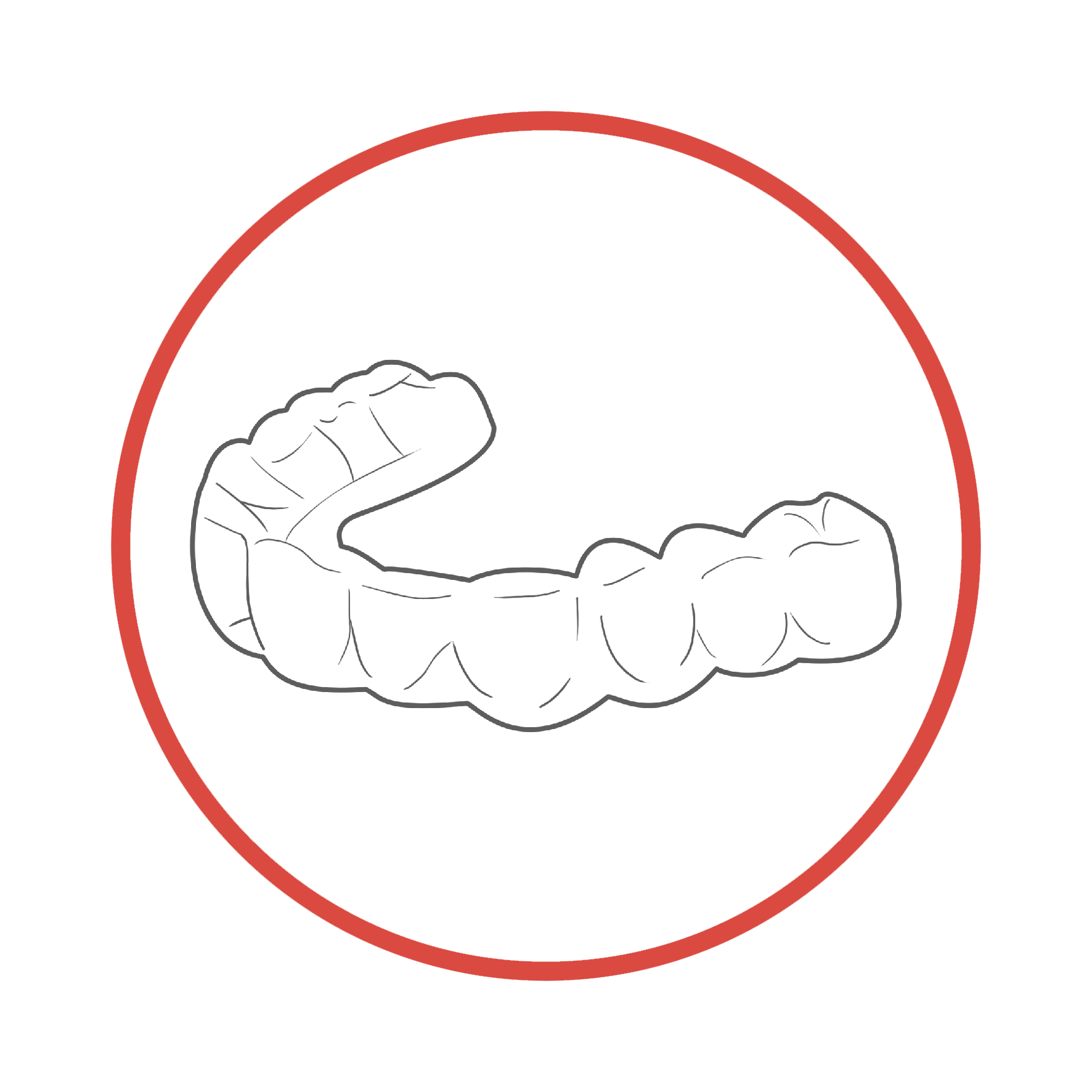
Orthodontic Interface
Orthodontic interface is a series of courses dedicated to all dentists and generalists regarding their specialties by offering different concepts and clinical approaches to enhance their orthodontic practice. These courses are non-dependents and are qualified as thematically related to one topic with extensive clinical applications
Course Director: Prof Philip Souhaid and associates
Course Coordinator: Dr Georges Ghostine
Duration & Timing : One-day course or three sessions, depending on the topic
Duration: One-Day Course
Program
- Expectations and treatment protocol
- Benefits and treatment options
- Use of an intraoral scanner
Tuition: 250 dollars
Duration: Half-Day Course
Program
-
Review orthodontic cases following the TDO approach. (part 1)
-
Third molar extraction and spacing
-
Correction of rotations
-
TMD and orthodontics
Tuition: 100 dollars
Duration: Half-Day Course
Program
-
Pain and orthodontics
-
Traumatology and orthodontics
-
Root resorption
-
Tips on brackets and wires
-
Review the case following the TDO approach (part 2)
Tuition: 100 dollars
Duration: One-day and a Half Course
Program
-
Physiology and characteristics of mixed dentition: Eruption of permanent teeth - Incisor liability -Leeway spaces and eruption of premolars - Canine eruption and final settling of the occlusion. Problems and treatment with myofunctional therapy and space maintainers.
-
Physiology of permanent dentition: Normo or abnormal occlusion
-
Orthodontic approach to the different occlusal problems.
Tuition: 300 dollars
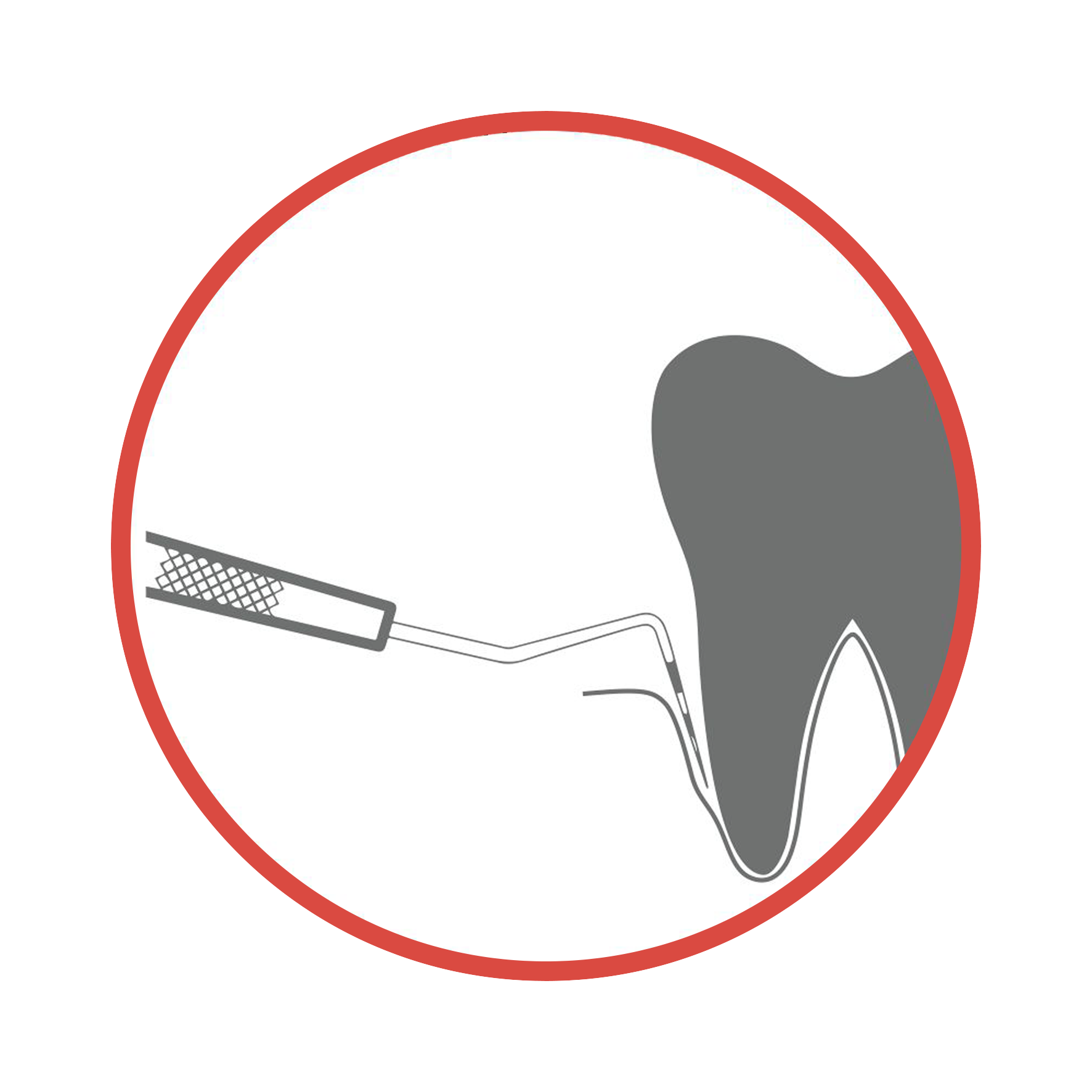
Periodontology
Course director: Dr Fatmé Hamasni
Lecturers: Dr Tamara Rebeiz and Dr Sara Feghaly
The course is divided in two modules which could be taken as one full course or separately depending on the needs of the dentist. However, it is advisable for participants interested in Module 2 to attend Module 1 beforehand to gain familiarity with the basics.
Duration: 20 hours of lessons, hands-on and live surgery
Timing: 5 sessions
1. Etiology and management of esthetic alterations in periodontology
- Gingival diseases: the periodontium
- Gingival pigmentation
- Gingival asymmetry
- Excess of gingival display / gummy smile
- Violation of the biological width
- Gingival recession
2. Occlusal trauma and esthetic outcome
- Primary and secondary occlusal trauma
- Tissue changes associated with occlusal trauma:
- Teeth
- Periodontal ligament
- Bone occlusal therapy
3. Inside the life of a periodontist: a day of diagnostic and treatment
- Clinical examination in periodontology
- Radiological examination and limitation
- Diagnosis / prognosis
- Treatment plan in periodontology:
-
- Emergency phase
- Primary /Non-surgical phase: Hygiene instruction, SRP, Extractions of poor prognosis teeth, Provisionals, Minor ortho…
- Evaluation of the primary phase
- Surgical phase: mucogingival surgery / bone surgery
- Evaluation
- Final prosthetic phase
- Evaluation
- Maintenance / SPT
4. Hands-on
- Knowing your periodontal instruments
- Incisions and sutures
- Enveloppe Flap, Coronally Advanced Flap, Connective Tissue Graft
5. Live surgery
- Esthetic / functional CL
Tuition: 500 dollars
Duration: 16 hours of lessons, hands-on and live surgery
Timing: 4 sessions
1. When to do periodontal pocket surgery?
- Anatomy of the periodontal pocket
- Non-surgical phase
- Surgical phase
- Gingivectomy
- Osseous surgery
- Regeneration technique
- Products: Emdogain, bone substitutes, membranes
- Type of healing
2. Which flap for which surgery? Indications, contra-indications and technique
- Modified Widman Flap
- Apically Repositioned Flap
- Open Flap Debridement
- Distal Wedge
- Palatal Flap
- Papilla Preservation
- Modified Papilla Preservation
- Palatal Advanced Flap
3. Furcations
- Anatomical revision
- Clinical examination + classification
- Treatment
- Odontoplasty
- Tunnellisation
- Hemisection
- Amputation
- GTR
4. Exploring the interplay between periodontology, implantology, prosthodontics, endodontics and orthodontics
- Perio-implant
- Perio-prostho
- Perio-endo
- Perio-ortho
5. Hands-on
- Membrane manipulation: fixation and sutures
6. Live surgery
-
Periodontal pocket surgery / GTR / furcations
Tuition: 400 dollars
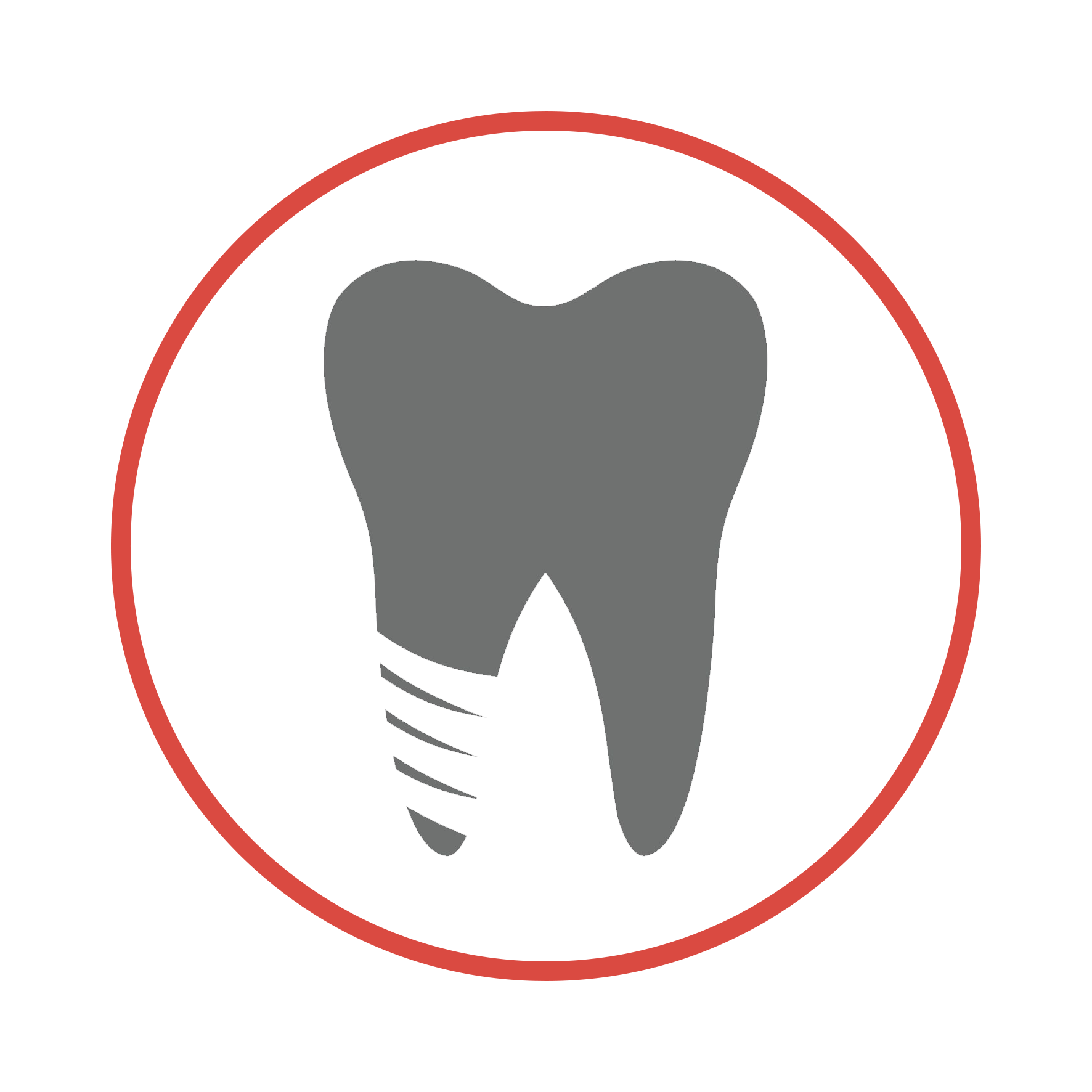
Implant Dentistry: From Fundamentals to Clinical Application
Course directors: Dr Fatima El Baba, Prof Fatme Hamasni, Prof Ibrahim Nasseh
Lecturers: Dr Tamara Rebeiz, Dr Dora Chaaban, Dr Andrea Chemaly
Duration: 68 hours of lessons and hands-on (40 hours surgical part / 28 hours prosthetic part) and 16 hours of clinical practice
Timing: 4 hours per week
This comprehensive program provides dentists with the theoretical knowledge and practical skills needed to confidently perform implant treatments — from surgical placement to final prosthetic restoration.
Combining lectures, demonstrations, workshops, and clinical practice, this course ensures a complete learning experience for every participant.
Program
Session 1 – Introduction to Implant Dentistry (Dr. Fatima El Baba, 4h)
- Indications and objectives of implant therapy
- Prosthetic principles applied to implant-supported restorations
- Comparison between implant and conventional prostheses
- Implant design and surface characteristics
- Surgical stages and prosthetic workflow
- Types of prostheses: screw-retained, cemented, hybrid, and removable
- Hands-on: Transfer systems and abutment types
Session 2 – Clinical Examination in Implant Dentistry (Dr. Fatima El Baba, 4h)
- Patient anamnesis and case evaluation
- Clinical examination: general, regional, and local
- Complementary examinations: diagnostic casts, articulator mounting, radiographic assessment
- Hands-on: Fabrication of prosthetic guide
Session 3 – The Role of Implant Dentistry in Daily Practice (Prof. Fatme Hamasni 4h)
- Extraction and immediate implantation
- Choosing the appropriate surgical technique
- Round table: Clinical case discussion and treatment planning
Sessions 4–5 – Radiographic Assessment in Implant Dentistry (Prof. Ibrahim Nasseh, 8h)
- Panoramic, periapical, and CBCT imaging
- Radiographic guide principles
- Hands-on: How to analyze and interpret CBCT scans?
Sessions 6–7 – Surgical Implant Placement: Step by Step (Prof. Ibrahim Nasseh & Prof. Fatme Hamasni, 8h)
- Patient selection and surgical evaluation
- Risk factor assessment
- Implant placement protocol: anesthesia, incision, drilling sequence, suturing, and post-op care
Session 8 – Surgical Hands-on Workshop (Prof. Fatme Hamasni, 4h)
- Practice incision, suturing, and implant placement techniques on models
Session 9 – Second-Stage Surgery Techniques (Prof. Fatme Hamasni, 4h)
- Healing abutment placement and soft tissue management
- Hands-on Practice
Sessions 10–11 – Temporization and Impression Techniques (Dr. Fatima El Baba, 8h)
- Temporization protocols and materials
- Indications before and after surgery
- Impression materials and techniques
Session 12 – Hands-on: Implant Impression (Straumann & 3i Systems) (Dr. Fatima El Baba, 4h)
Session 13 – Model Casting and Abutment Selection (Dr. Fatima El Baba, 4h)
Session 14 – Clinical Steps and Case Presentations (Dr. Fatima El Baba, 4h)
- Framework and ceramic try-in
- Final prosthesis placement
Session 15 – Complications in Implant Dentistry (Prof. Fatme Hamasni, 4h)
- Patient-related, surgical, and prosthetic complications
Session 16 – Maintenance and Follow-up (Dr. Fatima El Baba & Prof. Fatme Hamasni, 4h)
- Long-term maintenance and follow-up protocols
Clinical Practice
Surgical phase:
Each participant will place two Straumann implants under supervision.
The surgical phase will take place on Saturdays over several weeks, with live transmission for observation.
Prosthetic phase:
Impression taking, abutment selection, fitting, and cementation
This phase will also be carried out on Saturdays over several weeks, alternating between operators and observers.
Tuition: 3500 dollars
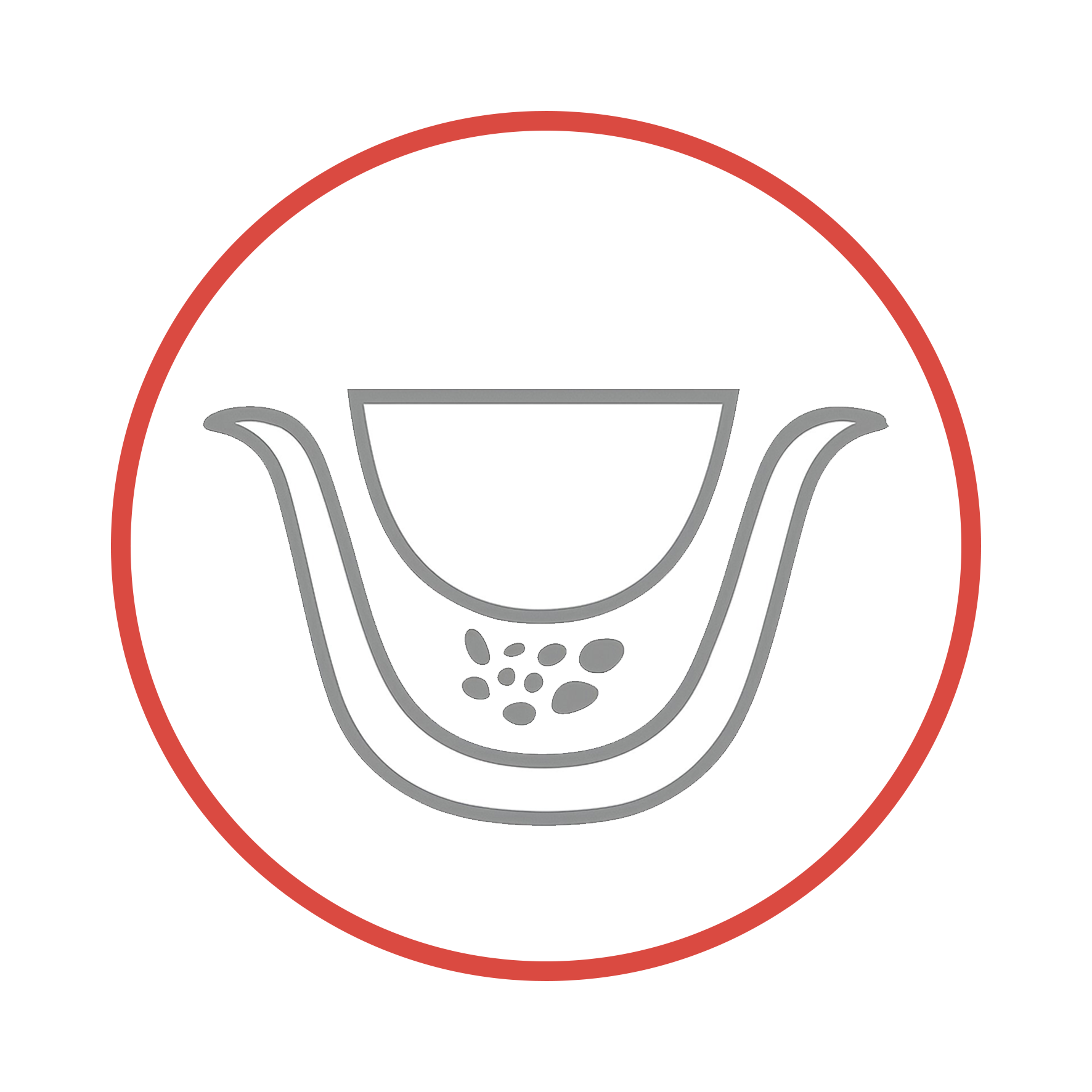
Advanced implant surgery
Course director: Prof Georges Hage
Duration: 32 hours of lessons & hands-on
Timing: 8 sessions
- Guided Bone Regeneration (GBR)
- Biological principles
- Indications
- GBR around implant: Class I dehiscence defect, Class II dehiscence defect, fenestration defect, intra-osseous defect, vertical augmentation
- Pre-implantation GBR: lateral and vertical ridge augmentation
- Success criteria in GBR: defect morphology, membrane immobilization, soft tissue closure & membrane type
- Complications: membrane exposure management
- Comparison between different bone augmentation procedures
- Onlay bone grafting
- Biology & physiology of bone healing
- Onlay bone graft
- Indications
- Treatment modalities: lateral and vertical augmentation
- Bone harvesting sites: ramus and symphysis harvesting
- Graft resorption
- Complications: occurrence & management of per and post-operative complications
- Alternatives to onlay bone grafting
- Intra-sinus bone grafting
- Anatomy of the sinus & the Schneiderian membrane
- Vascularization of the sinus cavity
- Pathologic sinuses
- Sinus floor elevation techniques: The lateral approach technique, the crestal approach technique
- Sinus floor elevation & simultaneous implant placement
- Sinus floor elevation & delayed implant placement
- Comparison between the lateral & the crestal approach
- Post-operative recommendations
- Complications in both techniques: membrane tearing, sinusitis, per-operative bleeding
- Alternatives to intra-sinus grafting: tilted implants, short implants
- Peri-implant soft tissue management
- Soft tissue loss around implants: etiology
- How to avoid soft tissue loss around implants
- Peri-implant soft tissue management
- Histological principles
- Why is it useful?
- Pre, per & post implantation soft tissue management
- Connective tissue or epithelialized connective tissue?
- Hands-on on sheep head & models
- Live surgery on patient
Tuition: 850 dollars

Surgical extraction of the impacted wisdom teeth: Keys of success
Course director: Dr Fawzi Karam
Duration: 12 hours
Timing: 2 full days
At the end of this course, the participant will be able to assess the following issues in a scientific and systematic approach:
- Decide about the treatment planning, indication and timing
- How to recognize a difficult patient
- The role of the assistant
- Taking the maximum data from the panoramic X-ray
- When to ask for a 3D scanner, and how to read it
- Evaluate the difficulties on the X-rays
- Which instruments to choose and how to handle them
- The good positioning of the patient
- How to choose the good anesthesia.
- Solving the problem of the stubborn pain during the surgery
- Improving the mandibular-nerve anesthesia technique
- Safe international surgical rules for each surgical step
- How to reach the best surgical view
- Working in a blood-less surgical environment
- Remove the bad habits, and improve the surgical skills
- Faith in every surgical gesture
- Prevent and treat the per-op and the post-op complications
- The post-operational instructions and medications
With the wide expand of the implant treatments, we tend to forget that the surgery for the extraction of the impacted wisdom tooth is still the most common and sometimes the most difficult among all intra-oral surgeries.
Different specialties are involved, thus the indication and the timing of the extraction are still controversial.
During the surgery for the extraction of the impacted wisdom, the surgical steps are done with respect to the general laws of surgery, in order to prevent the complications and avoid the unfortunate involvement of adjacent structures such as teeth, nerves, arteries, bone, sinus…
From the anesthesia to the sutures, every surgical step will be fully explained. We will stress over the most common difficulties that we may encounter.
While prevention of the complications is still the best and the easier way for a safe surgery, we will also discuss how to manage the complications when they happen.
Finally, we will show extreme unusual cases of impaction, for which very special treatments are performed, such as coronectomy and marsupialization.
Program
1. Etiology and indications of extraction
2. Radiographic examination and interpretation:
- Intra-Oral
- Panoramic X-Ray
- CBCT
3. Considerations related to the surrounding anatomy:
- Bone structures
- Soft Tissues (Gum, Blood Vessels, nerves…)
4. Instrumentation
5. Fundamental principles in oral surgery
6. Surgical steps for the extraction of the lower and the upper wisdom teeth, explained by a wide iconography of different cases: analgesia, incision, flap retraction, osteotomy, tooth fragmentation, extraction, sutures.
7. Local and general complications: prevention and treatment
8. Managing unusually positioned wisdom teeth, what are our choices:
- Abstention
- Extraction
- Coronectomy
- Marsupialisation
9. Hands-on workshop on handling surgical instruments: incisions and sutures
- Precision in handling surgical instruments
- Essential techniques for incisions
- Effective suturing methods
10. Hands-on on teeth extraction training model typodont:
- Wisdom tooth in a horizontally inclination embedded below the gingiva layer, so trainees can practice bone removal.
- Wisdom tooth where trainees can practice the gingival incision, desquamation, tooth extraction, curettage and suturing procedure.
11. Videos of several surgeries
12. Live surgeries: surgical extraction of upper and lower impacted wisdom teeth
Tuition: 450 dollars
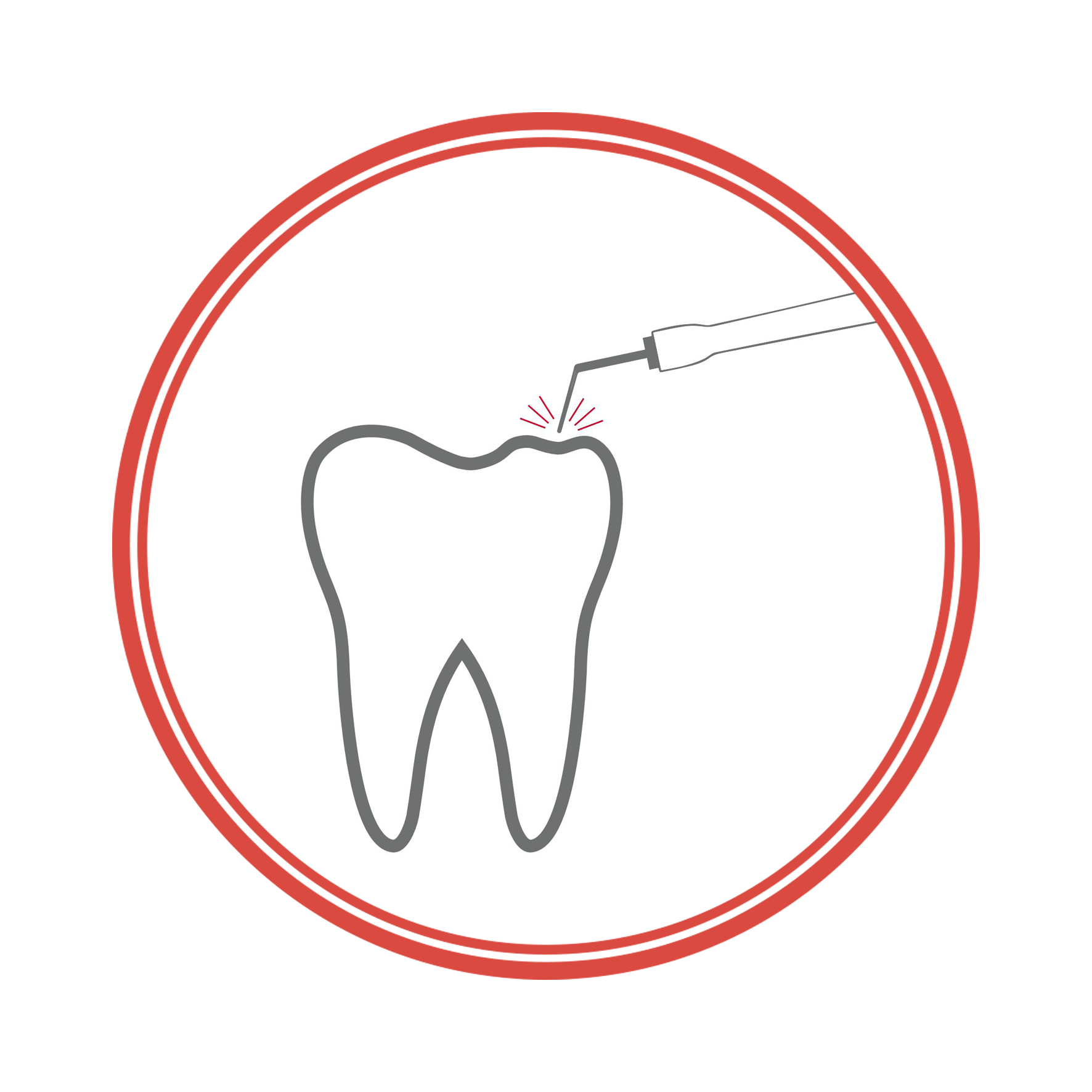
Laser Dentistry from Fundamentals to Advanced Techniques
Course director: Professor a.c Rita El Feghali
Objectives
This modular dental laser training curriculum integrates laser technology into several courses, encompassing a range of applications including soft and hard tissue protocols. Using this systematic method enables dental practitioners to gradually develop fundamental and specialized laser abilities, therefore increasing their competence in using this cutting-edge technology to enhance patient care. Practical experience will be acquired by engaging in hands-on training and live demonstrations that encompass both hard and soft tissue laser methods. Furthermore, participants will acquire the knowledge and skills to effectively incorporate lasers into their dental practice in order to improve patient service and treatment results.
Laser type included: Er:YAG, Nd:YAG and Diode (Co2 is on demand).
Participants will receive a certificate from The Laser & Health Academy (LA&HA) after completion of the training program.
The course is divided into two modules. To enroll in the second module, participants must first complete the first module.
Duration: 16 hours
Timing: 2 consecutive days
The Basic Module offers a comprehensive introduction to laser dentistry, covering laser physics, tissue interactions, safety protocols, technology, device operation, and selected treatments. It provides the foundational knowledge needed to understand and apply laser techniques in various dental procedures.
Program
1. Electromagnetic Spectrum
2. Electromagnetic Radiation
3. Laser History
4. Laser Physics
5. Laser parameters
6. Laser Safety
- Thermal and mechanical effects
- Electrical, chemical and fire hazards
- Ocular Laser hazards and protective googles
- Laser safety measures and implementation in the dental office
- Regulatory Compliance: Awareness of local regulations and guidelines
7. Laser Tissue Interactions
- With biological soft and hard oral tissues
- Non-biological tissues
8. Biological Benefits and Clinical Advantages
9. Divers Clinical Applications (Didactic material)
10. Operating dental laser devices
- Technology features
- Handpieces overview
- Setting parameters
- Device maintenance
- Integration into Practice: Strategies for incorporating laser technology into daily dental practice.
11. Hands-on
- Introduction to laser devices
- Explore the use of laser photonic energy in simulated soft and hard biological tissues
12. Live demonstration
Tuition: 500 dollars
Optional Module (s) covering specific dental field (s) including:
- Aesthetics & Restorative Dentistry
- Endodontics
- Periodontics
- Oral surgery & Implantology
- Orthodontics
- Prosthodontics
- Pedodontics
- Photobiomodulation & Pain management therapies
- Advanced laser course for general practitioner
This module will be led by international speakers.
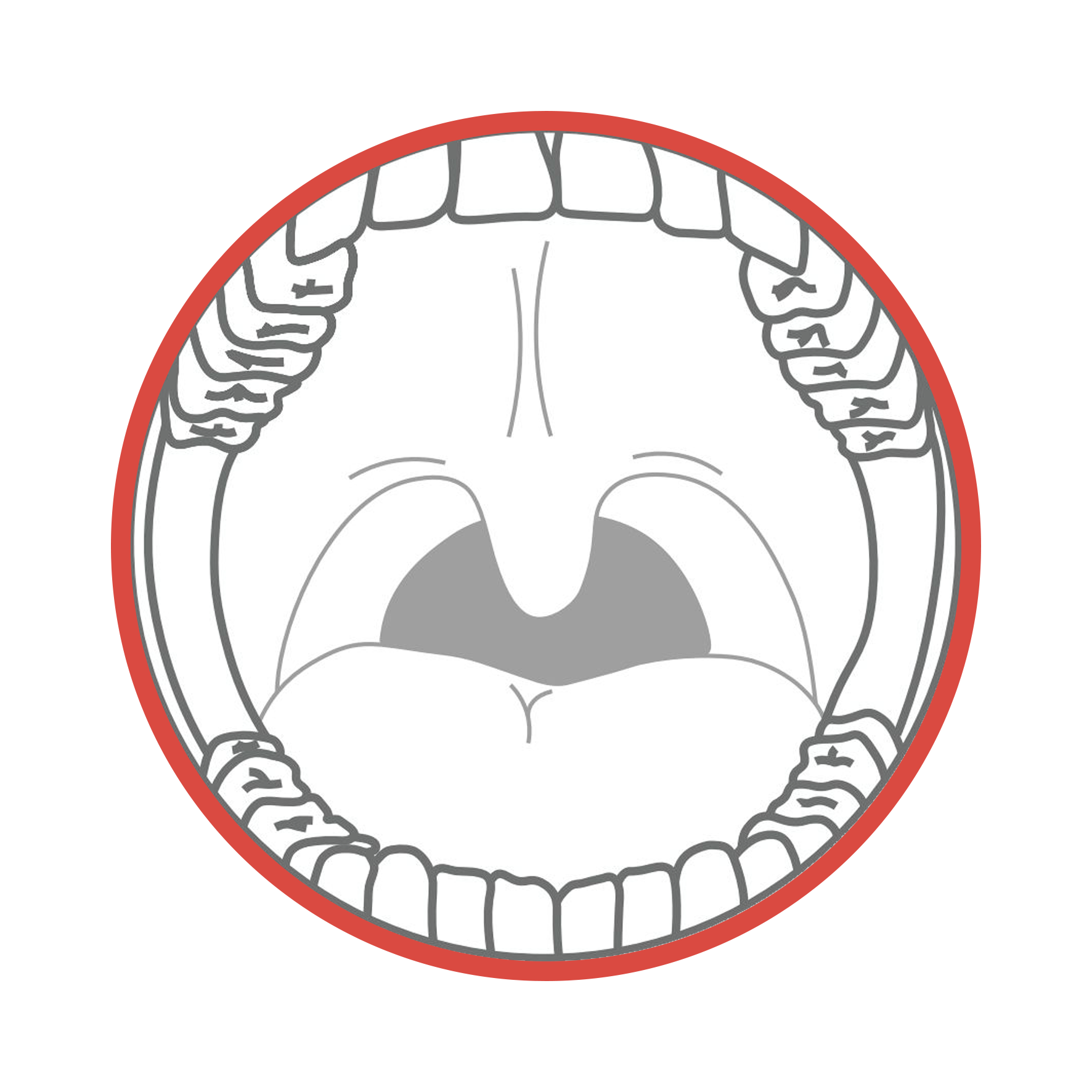
Clinical oral pathology overview: problems & solutions
Course director & speaker: Prof Ziad Noujeim - Consultant oral surgeon
Duration: 20 hours
Timing: 5 sessions of 4 hours each
I. Benin lesion of gingival and other oral soft tissues
- Aphtous and non-aphtous ulcerations of the oral cavity: diagnosis and management
- Gingival tumor-like and tumor lesions: diagnosis and management
II. Pre-malignant lesions of gingival and other oral soft tissues
- Integration of oral cancers management in dental general practice: pre-malignant and malignant lesions of gingiva and other oral soft tissues
III. Diagnosis and management of impacted teeth
- Part 1: Surgical diagnosis and medical/surgical management of dental impactions
Benin cyst and tumors of the jaws
- Part 2: Surgical diagnosis and medical/surgical management of odontogenic cysts
IV. Benin cysts and tumors of the jaws
- Surgical Diagnosis and medical/surgical management of odontogenic tumors
- Questions and answers, conclusions, and take-home messages
V. Hands-on
- Practical principals of oral biopsies: implementation on sheep’s jaws
Tuition: 450 dollars

DENTISTRY FOR CHILDREN AND ADOLESCENTS
Course director: Prof Philip Souhaid
Course associate: Dr Maia Ayoub
This program is tailored for dentists who wish to expand their expertise in providing comprehensive care for children and adolescents. By combining scientific evidence with a problem-oriented clinical approach, participants will learn to deliver high-quality, individualized treatment for young patients.
The course is divided into several independent modules, allowing participants to select the ones that best fit their professional needs and learning goals.
Duration: 8 hours
Timing: One-day course
This module introduces the fundamentals of pediatric dentistry, emphasizing behavior management and operative techniques. Participants will explore communication and psychological strategies to reduce anxiety, build trust, and ensure positive dental experiences for children.
The session also covers operative dentistry principles, focusing on the diagnosis and treatment of tooth defects that do not require full coverage restorations.
Topics Covered:
-
Basic behavior management principles
-
Local anesthesia and standard pediatric operative procedures
Tuition: 250 dollars
Duration: 8 hours
Timing: One-day course
Aesthetic dentistry has become increasingly important, even for younger patients. This module provides the clinical knowledge and techniques necessary for smile rehabilitation in children. It focuses on zirconia anterior crowns for superior esthetics and BioFlex posterior crowns that combine the strength of stainless steel with the natural look of zirconia.
Topics Covered:
-
Stainless steel crowns: indications and clinical applications
-
Esthetic crowns for anterior and posterior teeth
Tuition: 250 dollars
Duration: 8 hours
Timing: One-day course
This course focuses on the management of dental trauma and endodontic treatments in primary and young permanent teeth. Participants will gain insight into pulpal therapies, trauma management, and modern materials used in pediatric endodontics.
Topics Covered:
-
Pulpotomy: indications, procedures, and outcomes
-
Pulpectomy: advantages and limitations
-
Endodontics for young permanent teeth: MTA and related materials
Tuition: 250 dollars
Duration: 8 hours
Timing: One-day course
This module emphasizes preventive dentistry and early management of oral pathologies. Participants will learn about modern approaches to fluoride therapy, sealants, professional cleanings, and dietary counseling, as well as techniques to manage developmental enamel defects such as hypomineralization.
Topics Covered:
-
New trends in prevention: Dental health vs. Oral health
-
Bruxism and common oral pathologies
-
Prevention and treatment of molars with developmental defects
Tuition: 200 dollars
Duration: 12 hours
Timing: One-full and a-half day course
This module focuses on understanding and managing developing occlusion in children and adolescents. It serves as a bridge between pediatric and orthodontic dentistry, guiding practitioners in recognizing growth anomalies, managing early malocclusions, and incorporating myofunctional therapy.
Topics Covered:
-
Definition and classification of malocclusions
-
Management of developmental and eruptive anomalies: extraction vs. non-extraction, ankylosis, and impaction
-
Myofunctional concepts: reverse swallowing, tongue thrusting, and mouth breathing
-
Early treatment of Class II and III malocclusions
Hands-on: Myofunctional therapy and case presentations
Tuition: 300 dollars
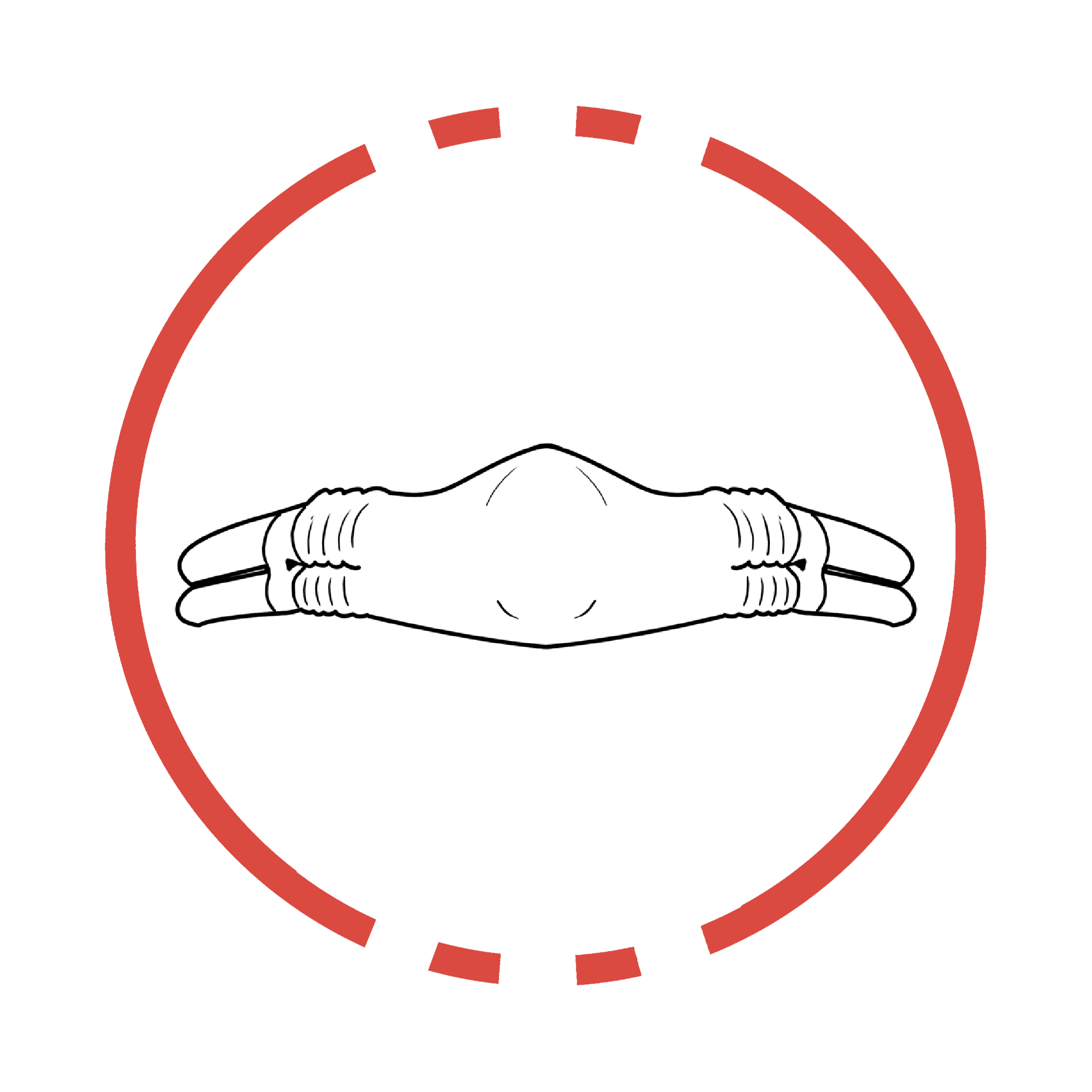
Sedation in Dentistry
Course director: Prof Philip Souhaid
Duration: 8 hours
Following ADA regulations, this course will lead general dentists as well as specialists to acquire sufficient knowledge that helps them to start applying modern sedation and especially nitrous oxide during their practice.
- Introduction to sedation in dentistry
- Nitrous oxide sedation
- Other inhalators used in dental treatment
- MEOPA procedure
- Methoxyflurane
- General Anesthesia
- Emergency treatment
- Hands-on
- Testing nitrous with oximeter and arterial tension
For those who desire an optional CPR and basic life support, a half-day course is added under the red cross supervision.
Tuition: 200 dollars
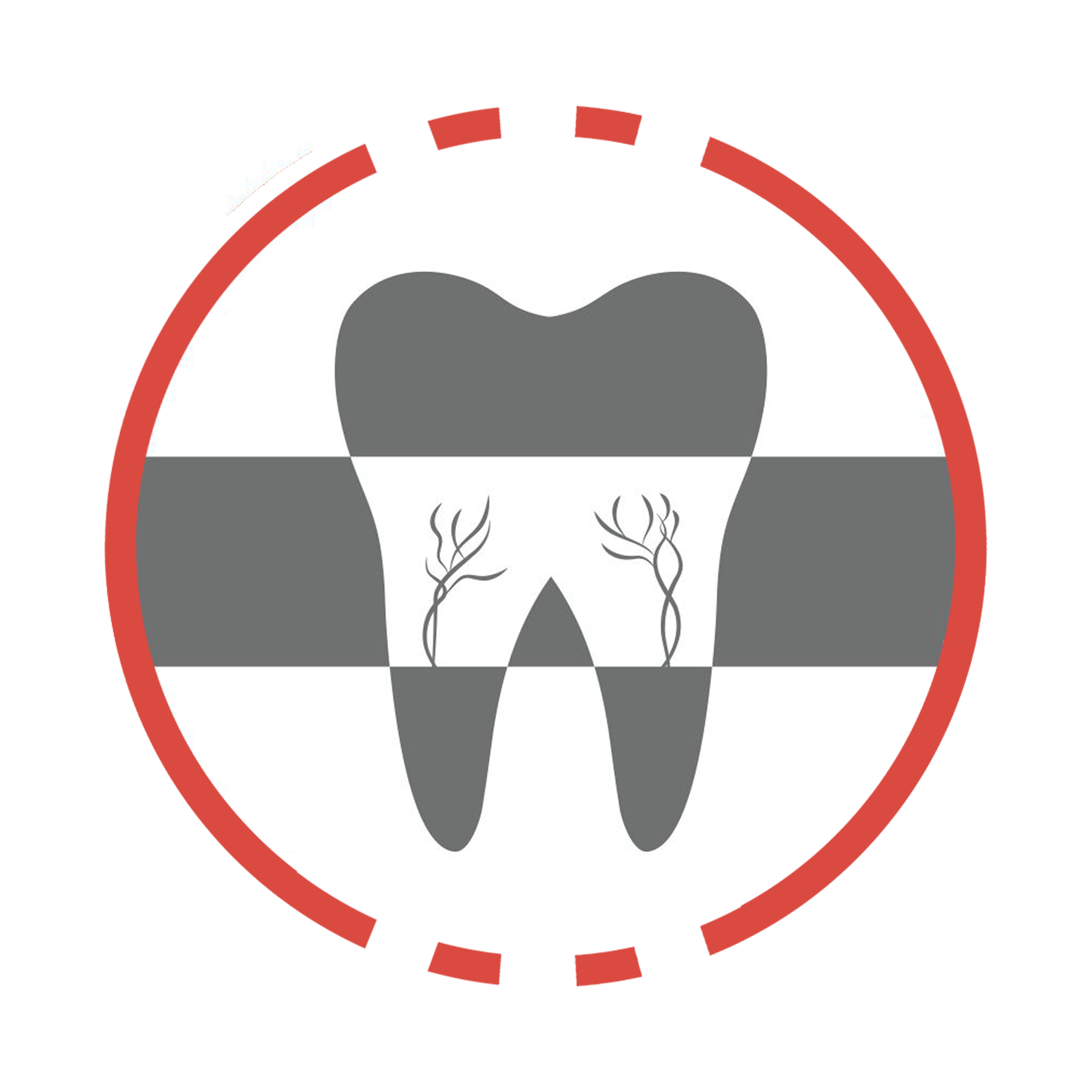
The Complete Guide to CBCT in Dentistry : Diagnosis and Planning
Course director: Prof Ibrahim Nasseh
CBCT or Cone Beam Computed Tomography, a low radiation three-dimensional imaging modality, has been established to be more efficacious than traditional two-dimensional radiographs. It leverages a cone-shaped ionizing beam which decreases the radiation exposure to the patient while achieving high-quality 3D visuals. As its numerous advantages are coming into the public domain, Cone beam computed tomography is occupying a larger place in the dental day-to-day practice. A small introduction of the technique and the proper way to prescribe and read a CBCT exam through clinical cases.
This course is divided into three different and independent courses depending on the needs of the dentist.
Duration: 7 hours
Timing: one-day course
Upon completing the course, participants will develop a comprehensive understanding of the fundamental principles of CBCT imaging and will gain the skills needed for basic CBCT image interpretation and report generation.
They will gain insight into the nature and extent of risks linked to dentomaxillofacial imaging and will learn strategies to minimize these risks.
Furthermore, participants will become well-acquainted with the characteristic appearances of common anatomic variations and prevalent dental pathologies in CBCT images and will know when to prescribe CBCT for a better diagnostic.
Program
- From 2D to 3D: a new vision
- The cone-beam technique (CBCT): basic principles
- How to read a CBCT?
- CBCT anatomy
- Applications in oral surgery, endodontics, pedodontics, etc …
- Workshop 1: CBCT software and main functions
- Workshop 2: interactive discussion of clinical cases
Tuition: 150 dollars
Duration: 7 hours
Timing: one-day course
Traditionally pre-operative information for dental implant diagnostics and treatment planning have been obtained from clinical examination, dental study model analysis, and two-dimensional (2D) imaging mainly panoramic radiography and peri-apical x-rays. These radiographic procedures, used individually or in combination, suffer from the same inherent limitations common to all planar two-dimensional (2D) projections namely, magnification, distortion and angulation discrepancies, superimposition, and misrepresentation of structures.
CBCT's advantage of multiplanar reconstruction has revolutionized implant dentistry: it allows visualization without the superimposition of structures, helps to evaluate the architecture and dimensions of the bone more accurately, the contour and visual density, the cortex and trabeculae pattern within the bone and the surrounding anatomical structures.
Participants will acquire essential skills in reading and diagnosing CBCT scans, understand the fundamental principles of implant planning, and gain valuable insights into achieving predictability in implant treatments. Key anatomical landmarks and potential pitfalls will be thoroughly explained. Additionally, participants will be guided through step-by-step demonstrations of various planning software and will have the opportunity to apply these skills to different software platforms.
Program
- Implant planning
- Radiographic guides
- Surgical guides
- Workshop 1: CBCT software functions applied in implant planning
- Workshop 2: advanced CBCT softwares applied for surgical guides
Tuition: 150 dollars
Duration: 7 hours
Timing: one-day course
The objective of this full-day course is to present a systematic discussion of the differential diagnosis of oral bony lesions based on a radiographic classification, which are grouped according to their similar clinical or radiographic appearances.
By the end of the course, participants will know when to decide between 2D and 3D techniques. They will be more familiar with CBCT appearances of common anatomic variants and common dental disease, and with the process of basic CBCT interpretation and report generation.
Program
- Different methods of diagnostic approach
- Radiographic features of osseous pathologies
- Radiolucencies of the jaws
- Radiopacities of the jaws
- Mixed lesions of the jaws
- Hands-on 1: how to read a CBCT examination
- Hands-on 2: interpretation of pathology of the jaws
Tuition: 150 dollars
Duration: 7 hours
Timing: one-day course
Imaging investigation is undoubtably an essential protocol required to achieve proper diagnosis and to execute adequate treatment plan. The traditional method and state of art is panoramic imaging. There are some limitations of this two-dimensional imaging which lacks in high diagnostic accuracies when it comes to assessment of the risks in impacted teeth.
By the end of the course, participants will:
- Evaluate the limitations of panoramic radiography
- Learn when to prescribe a CBCT exam
- Learn how to read and diagnose a CBCT
Program
The full-day course will present interactive discussion of clinical cases:
- Impacted incisors
-
Impacted canines
-
Impacted supernumerary teeth
-
Impacted wisdom lower and upper teeth
Tuition: 150 dollars
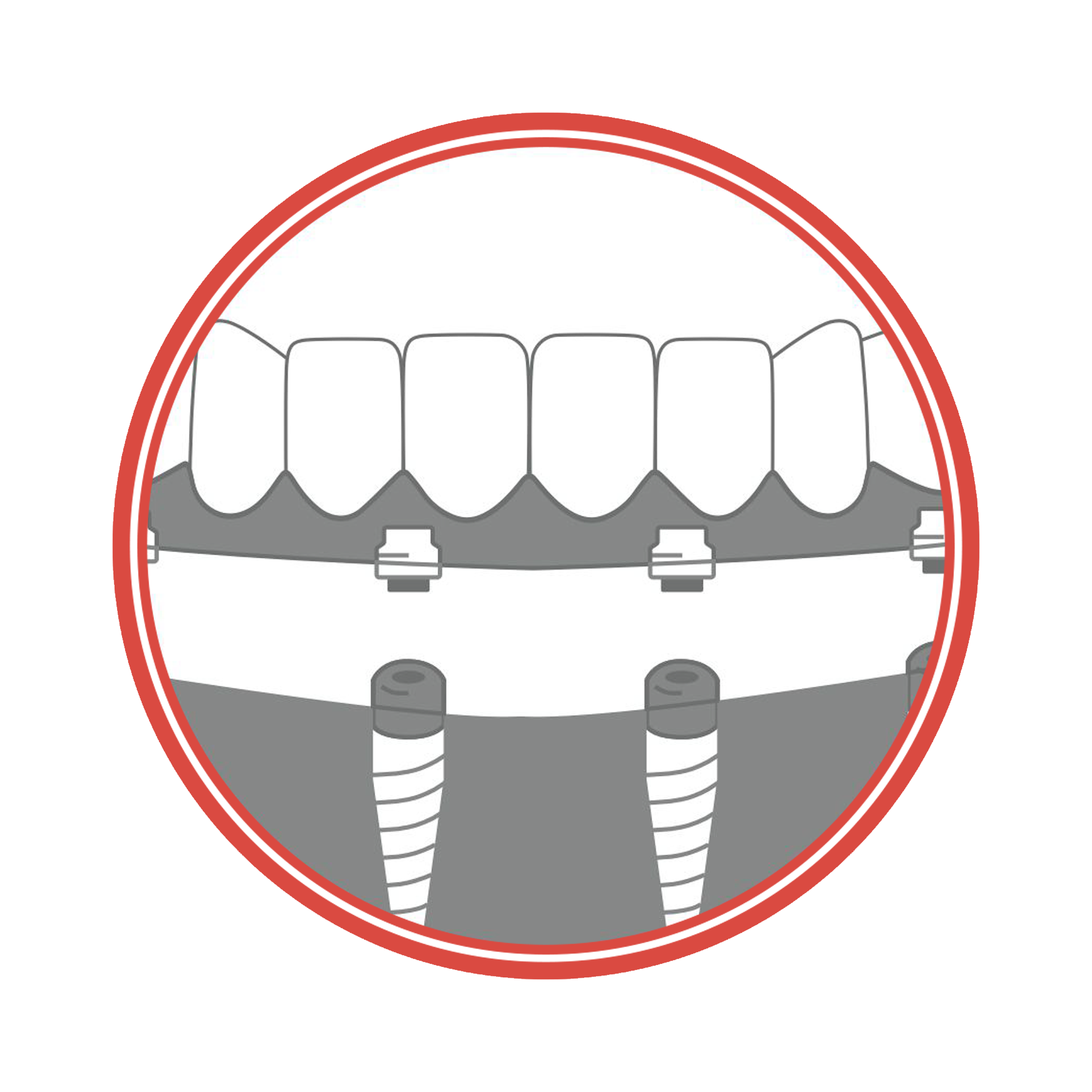
Maîtriser les prothèses fixées, hybrides et amovibles sur implants chez l’édenté complet
Course director: Dr Marwan Daas
Duration: 16 hours
Timing: 2 consecutive days
Le but de ce cours est de vous proposer une démarche thérapeutique dont le fil directeur est l'approche globale avec une évaluation esthétique et une analyse clinique et 3D précise du stade de résorption. Une telle démarche conduira à un traitement prévisible, reproductible et une pérennité des restaurations prothétiques de grandes étendues.
Le traitement de l'édenté complet est un défi depuis longue date.
La prothèse amovible complète conventionnelle peut apporter une solution efficace sur le plan esthétique et fonctionnel à ces patients qui ressentent et vivent leur état buccodentaire comme un véritable handicap.
La prothèse amovible complète implanto-retenue sur 2 implants symphysaire représente, à l'heure actuelle, le premier choix de traitement à proposer à un patient édenté complet à la mandibule. Mais force est de constater la demande croissante de nos patients édenté complet ou en passe de l'être, de plus en plus relayée par les médias, pour une alternative implantaire fixée apportant une amélioration du confort et de la qualité de vie.
L'évolution majeure des thérapeutiques implantaires avec l'apport du numérique et la précision de la CFAO méritent d'être prise en considération. Il est donc de notre devoir, en tant que praticiens de proposer ces traitements toujours plus rapides, moins invasifs et permettant à nos patients un retour plus rapide à la vie sociale avec une « troisième dentition ».
1. Prothèse amovible complète implanto-retenue
- Critères de qualité d'une prothèse amovible complète conventionnelle
- Nombre et répartition des implants
- Choix des dispositifs d’attachement
- Conception
- Suivi et maintenance
2. Prothèse fixée implanto-portée mandibulaire et maxillaire
- Analyse esthétique
- Stade de résorption
- Planification
- Mise en charge immédiate
- Techniques d’empreinte
- Différents types de bridges complets implanto-portés
- Suivi et maintenance
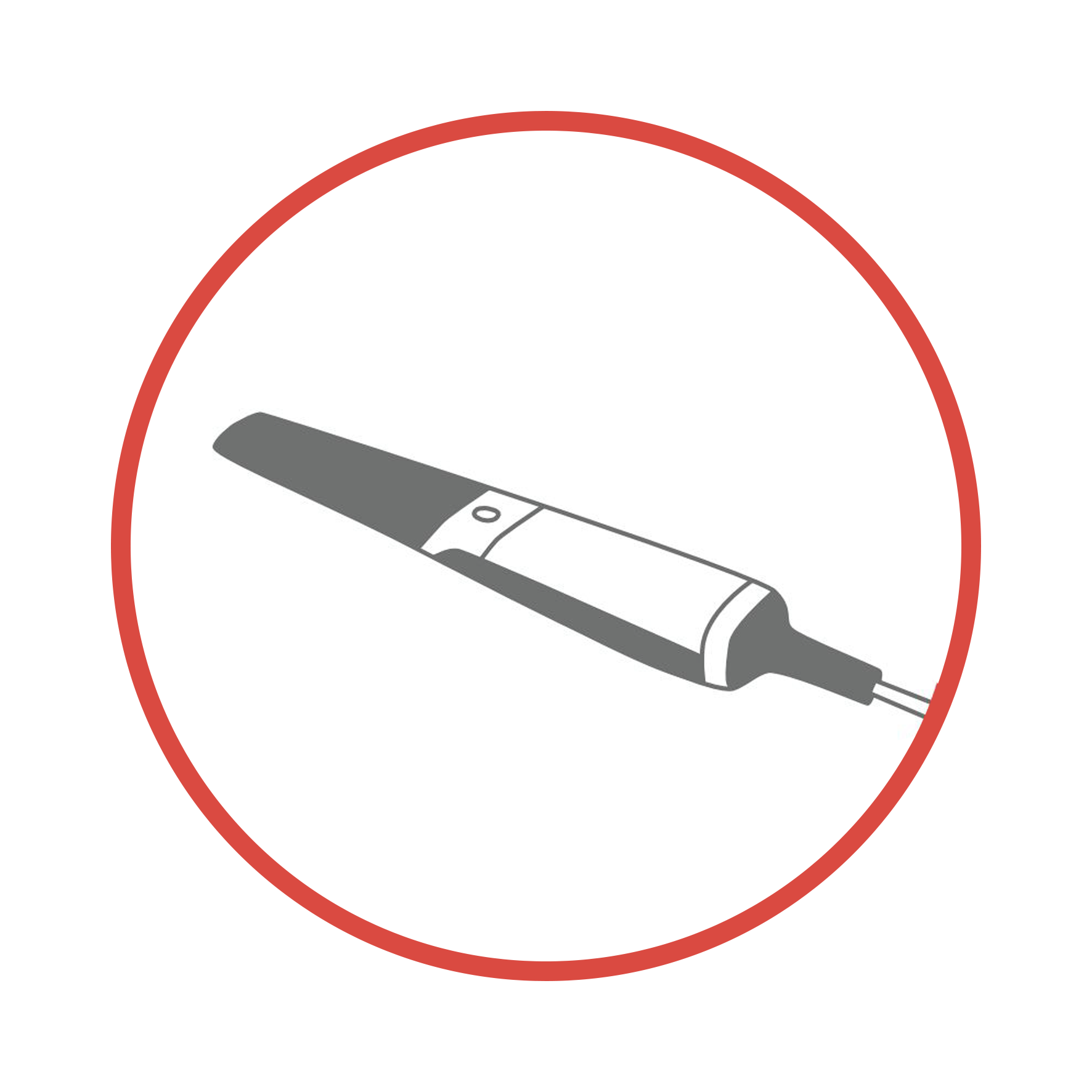
The pathway to digital dentistry
Speakers: Dr Dani Irani, Dr Rami Abou Jaoude
The course is divided in five modules which could be taken as one full course or separately depending on the needs of the dentist
Course director & speaker: Dr Dani Irani
Duration: 16 hours
This module presents the start of digital dentistry when it began to take shape in 1973 with the introduction of computer-aided design and computer-aided manufacturing (CAD/CAM) technology. Understanding the historical evolution of the digital workflow provides valuable context for appreciating the current state of digital dentistry and anticipating future advancements in the field.
We will introduce the various methods of data acquisition in the digital workflow of dentistry, focusing on how these technologies enhance precision and efficiency in dental care. By exploring techniques such as intraoral and extraoral scanning and photography, this module aims to provide a comprehensive understanding of how accurate data collection is critical for diagnostics, treatment planning, and the fabrication of dental prosthetics.
Program
I. History of the Digital Workflow
II. Digital Workflow
- Dental Photography
- The exposure triangle
- Required photos for a digital workflow
- Digital Smile Design (DSD)
- 2D DSD software: SmileCloud, Romexis
- 2D - 3D DSD software: Smile Creator (Exocad)
- Digital Scanning devices
- Intraoral scanners: file formats: STL, PLY, DXD. RST
- Extraoral scanners (Facescan): OBJ, PLY and STL extension
- Photogrammetry
- Indications
- Case studies
- Dental laboratory scanners (Desktop scanner):
- Indications
- Transferring from conventional to digital articulators
- CBCT
- Application in implant planning (matching DICOM and STL files)
- Planning prosthetically driven implant
- Dynamic occlusion in the digital workflow
- Jaw Tracking devices (MODJAW)
- Jaw motion recording in intraoral scanners (Shining 3D Elite IOS)
Tuition: 500 dollars
Course director & speaker: Dr Dani Irani
Duration: 28 hours
This module will explore the diverse applications of CAD (Computer-Aided Design) technology, its integration into the dental workflow, and its benefits for both practitioners and patients. Such applications include the digital design of post and cores, crown lengthening guides, and occlusal appliances.
Program
I. Designing software
- Exocad
- Post and core
- Single crown design – partial and full coverage
- Multiple unit design
- Complete denture
- Kois deprogrammer
- Occlusal splints
- Crown lengthening guide
II. Segmentation and Planning Software
- Prosthetically driven implant planning
- CoDiagnostiX
- Bluesky
- Realguide
- R2gate
- Exoplan
2. Subcritical and critical
contour
III. Nesting Software
- Ceramill match
IV. Slicer Software
- Chitubox
V. Animation Software
- Blender
- Meshmixer
Tuition: 850 dollars
Course director & speaker: Dr Dani Irani
Duration: 20 hours
This module provides an overview of the application and use of additive and subtractive manufacturing devices in digital dentistry, using various types of material. Additive manufacturing, commonly known as 3D printing, builds dental prosthetics layer by layer, allowing for high precision and customization. In contrast, subtractive manufacturing involves milling or carving restorations from solid blocks of material, ensuring durability and accuracy.
Program
- Digital Manufacturing Devices: (Subtractive Manufacturing)
- Chairside milling machine
- 5-axis milling machine
- Fast Sintering furnace for E-max and zirconia
- Application of Milled Material
- Ceramic: Feldspathic blocks, Lithium Silicate (Empress), Lithium Disilicate (Emax)
- Zirconia
- Hybrid Composite and PICN (Polymer-Infiltrated Ceramic Network): Composite blocks and discs, PICN (Vita Enamic)
- Highly-filled PMMA for long-term temporization
- PEEK
- Fiberglass reinforced technopolymer
- Digital Manufacturing Devices (Additive Manufacturing)
- Resin Printers
- Post processing devices and technique
- Post curing devices
- Laser Printers
- Make and mill technique for Laser Printers
- Sintering furnace for Laser Printers
- Application of Printed Material (Resin Printers)
- PMMA Crown and bridges
- Post and core
- Splint guard
- Surgical guides
- Try-in dentures
- Denture base and teeth
- Application of Printed Material (Laser Printers)
- Titanium abutment printing
- Metal Post and core printing
- Metallic infrastructure printing (CrCo, Titanium)
Tuition: 600 dollars
Course director & speaker:
Duration:
Program
Course director & speaker:
Duration:
Program
